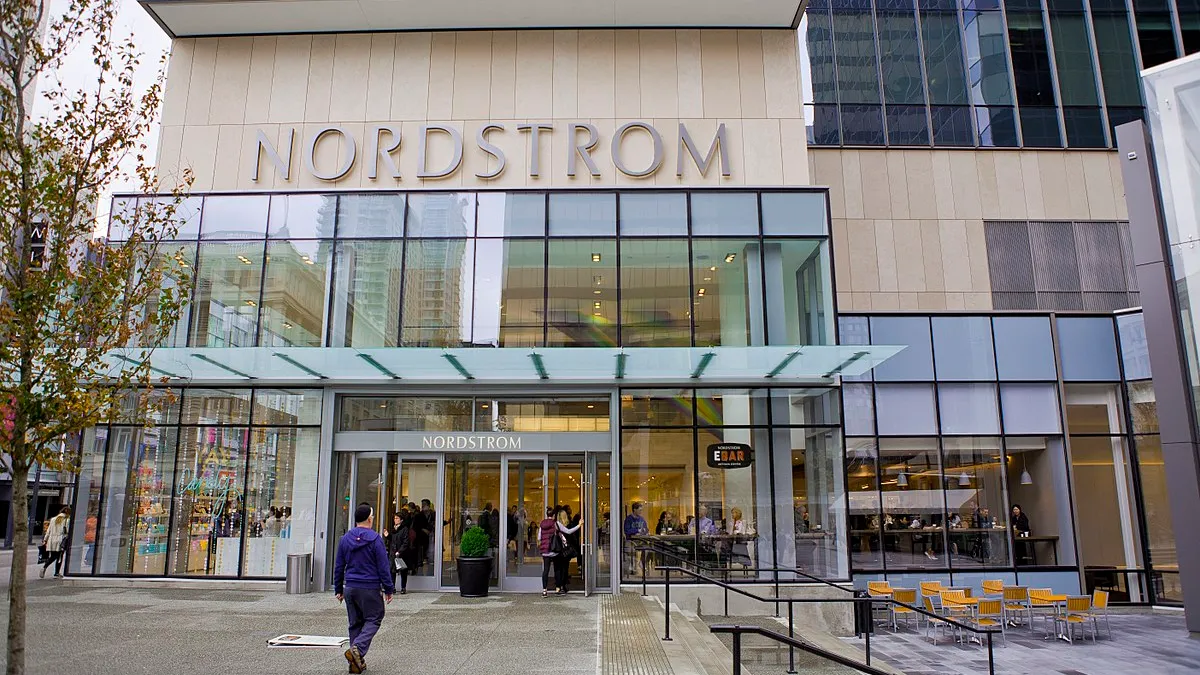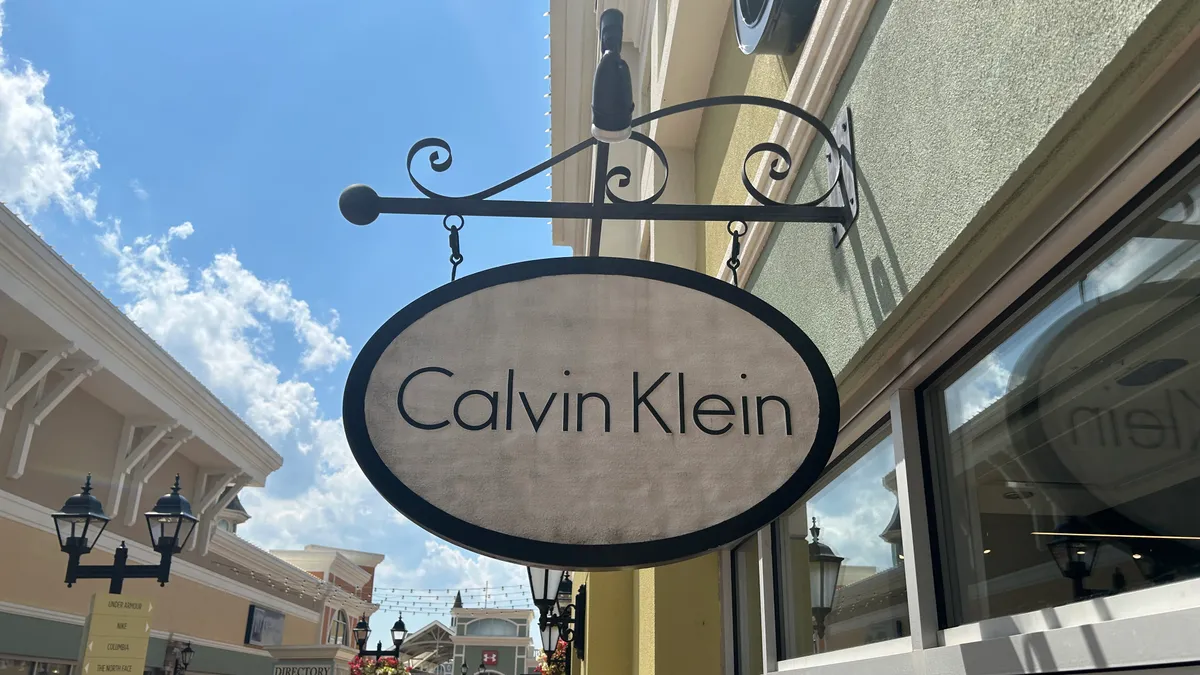It is becoming the classic retail conundrum: Traditional brick-and-mortar stores must figure out how to leverage their locations, manage rapid e-commerce growth and do it all in a manner that keeps up with the Amazons of the world. Consumers are accustomed to clicking from home and seeing their packages arrive the next day. Retailers need to meet those expectations while keeping their storefronts relevant, all of which puts pressure on back-end, multichannel and omnichannel distribution.
For Nordstrom — long known for its superior customer service — the dilemma of managing its traditional stores, its off-price line of stores, Nordstrom Rack, and its exploding e-commerce business became a challenge that required outside help. The company’s first quarter earnings report showed digital growth at 7%, representing 31% of the overall business.
The retailer turned to tech consulting firm Opex Analytics, recently acquired by Llamasoft. Ganesh Ramakrishna, co-founder of Opex, said the firm works with Nordstrom in an ongoing capacity. "We’ve helped Nordstrom with a variety of projects, and so as their store business began to shrink while their online business grew, we turned our attention to addressing fulfillment," he told Supply Chain Dive.
Retail’s omnichannel conundrum
Nordstrom had a highly automated fulfillment system in place, but it needed to better manage growing online sales alongside its busy holiday and summer anniversary sale seasons at its stores. "We needed to get a better handle on how many units they could move through their system," said Ramakrishna. "We had multiple approaches to consider."
In a recent earnings call, Erik Nordstrom, co-president and CEO, said in order to leverage inventory, the company’s stores would become their own fulfillment centers in addition to serving customers on the floor. The approach has improved fulfillment rates and speed, he said.
"Inventory accuracy is of huge importance ... and yet the data quality is generally not where it needs to be."

Sridhar Tayur
Professor of Operations Management, Carnegie Mellon University’s Tepper School of Business
Sridhar Tayur, professor of operations management at Carnegie Mellon University’s Tepper School of Business, said Nordstrom’s challenges are typical of today’s retail landscape. "Stores are not optimized for online fulfillment," he said. "Inventory accuracy is of huge importance for the latter and yet the data quality is generally not where it needs to be."
It’s a process of cleaning data and then keeping it clean, Tayur said. "It’s an ongoing project."
In the stores, Erik Nordstrom reported that the solution included adding more people handling online orders and returns in order to get inventory ready for resale as quickly as possible. All of this depends on and works off of clean data and information.
How Nordstrom and Opex advanced data capture for fulfillment
In the Nordstrom case, Opex provided the company with an application it could model to determine the number of units the retailer could bring in and move out of its distribution centers and how much labor would be required. Because the Nordstrom channels are so complex, "We began with a model of minimum viable product (MVP)," said Ramakrishna, "which was not quite precise, but got things rolling."
Once that was underway, the partners were able to use the new data to make decisions about the volumes distribution centers could handle. "Then we expanded the project for all the nuances we needed to capture," Ramakrishna said.
Specifically, the first round of data capture didn’t have productivity information for all the fulfillment centers and worked off assumptions. Moving onto the next phase, Opex drilled down into how productivity levels varied from one location to the next. "We advanced from an average utilization of assets to specific utilization," Ramakrishna explained.
Tayur said data-driven, automated machine-learning methods can determine the proper algorithms needed for multichannel management. "This helps companies see where orders are picking up, where they are slowing down, and how they can then improve fulfillment," he said.
This has led many companies to look at methods like virtual pooling, which Nordstrom pointed to in its earnings call. Stores in these situations serve to fulfill orders for online sales, often making delivery faster than if it originated from a DC. "When buying online, customers don’t care where the order originates," Tayur said. "So this is an opportunity for retailers to pool their inventory and be more effective at meeting short turnaround demands."
In all, Ramakrishna said the project with Nordstrom required a dedicated six months. "Today, all the strategic decisions around capacity planning are based on the information we gathered," he said. "The company has built all its fulfillment processes around this groundwork and it has a much better understanding of what it can manage."
From this launch point, the retailer added an in-house team to maintain and enhance the solution. The Opex partnership is exploring two new initiatives to focus on customer satisfaction — a natural next step for a company where customer satisfaction has always served as a differentiator.
This story was first published in our weekly newsletter, Supply Chain Dive: Operations. Sign up here.






















